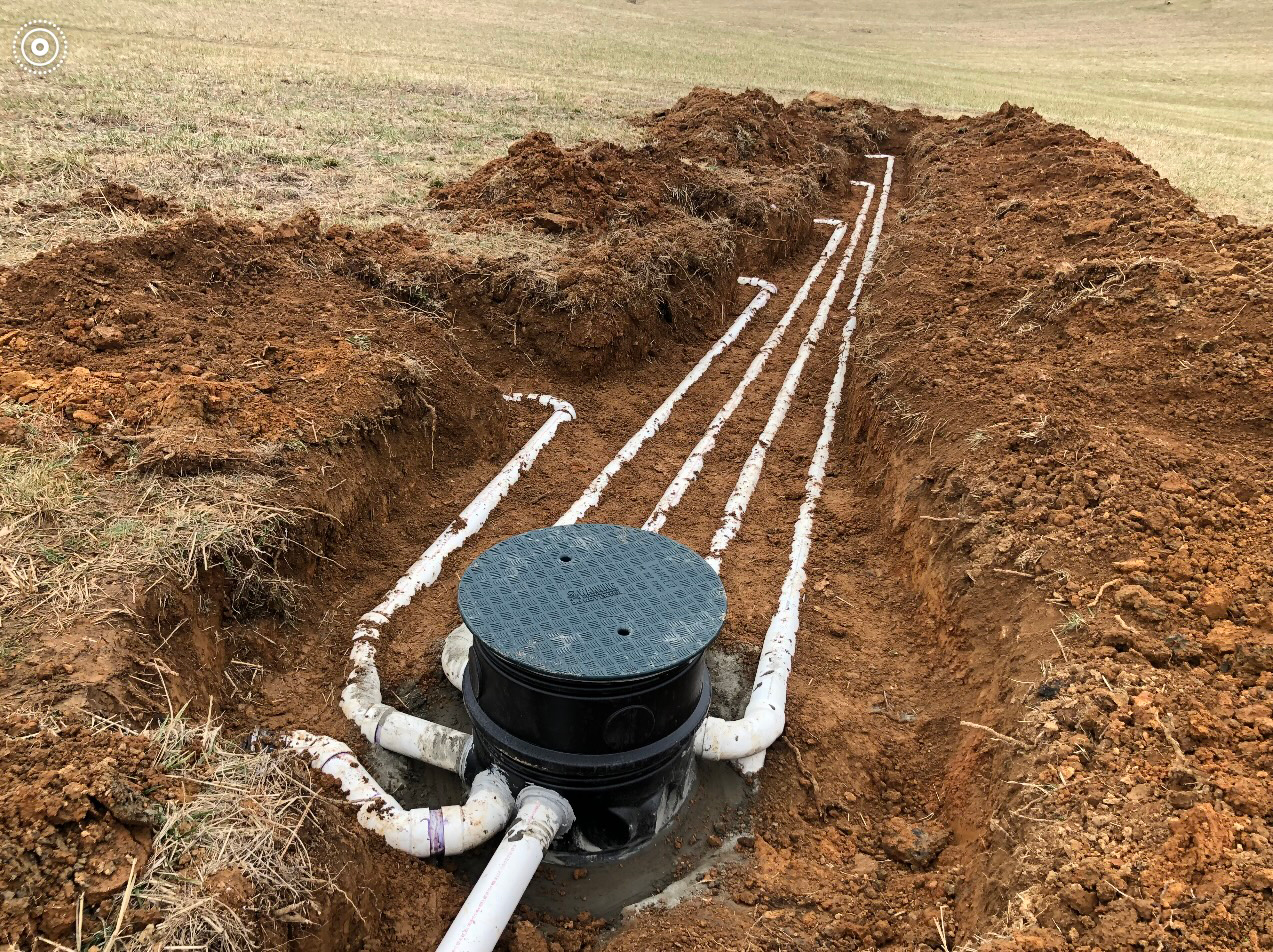Step 1: Locate Your Septic Tank and Drainfield
If you’re unsure where your septic system is located, check your property records or look for a subtle depression in your yard. The septic tank is typically buried underground, and the drainfield is a larger area where the treated wastewater is slowly released into the soil.
Step 2: Visual Inspection
- Check for Odors: Take a walk around your septic tank and drainfield. Any foul odors, especially sewage-like smells, can indicate a problem.
- Look for Lush Growth: An unusually green and lush patch of grass over the drainfield might suggest a leak or overflow.
- Inspect for Pooling Water: Standing water or soggy areas near the septic tank or drainfield could signal a backup or drainage issue.
Step 3: Monitor Your Drains and Plumbing
- Slow Drains: If your sinks, toilets, or showers are draining slowly, it could be a sign of a clog in the pipes leading to the septic tank or an issue with the tank itself.
- Gurgling Sounds: Gurgling noises coming from your drains, especially when flushing the toilet, could indicate a problem with the venting system or a blockage in the pipes.
- Backups: Sewage backups in your home are a serious red flag and require immediate attention.
Step 4: Check Your Water Usage
- Excessive Water Use: Be mindful of your water consumption. Overloading the septic system with excessive water can overwhelm it and lead to problems.
- High-Efficiency Appliances: Consider using high-efficiency appliances and fixtures to reduce water usage and minimize stress on your septic system.
Step 5: Schedule Regular Professional Inspections
While DIY checkups are helpful, they can’t replace a thorough inspection by a qualified professional. It’s recommended to have your septic system inspected every 3-5 years or more frequently if you notice any issues.
Not sure if you’re seeing signs of trouble? Schedule a professional septic inspection with Great Falls Septic Service today.
Concerned about your septic system’s health? Call Great Falls Septic Service for expert advice and maintenance.
Remember, a well-maintained septic system is crucial for a healthy home and environment. By performing regular checkups and addressing any issues promptly, you can avoid costly repairs and ensure the longevity of your septic system.
Troubleshooting Common Septic Tank Issues: What to Do When Things Go Wrong
Even with diligent maintenance, septic systems can encounter problems. Here are a few common issues and what you can do:
- Slow Drains: Try plunging the affected drain or using a drain snake to clear any clogs. If the problem persists, it’s time to call a professional.
- Gurgling Sounds: Check for any blockages in the vent pipes and ensure they’re clear of debris. If the gurgling continues, consult a professional.
- Foul Odors: If you notice sewage-like smells, avoid using any water and call a septic service provider immediately.
- Sewage Backups: This is a serious issue and requires immediate professional attention. Do not attempt to clean up the mess yourself.
Remember, DIY solutions have their limits. When in doubt, always err on the side of caution and consult a qualified septic service provider. Great Falls Septic Service is here to help with all your septic system needs, from inspections and maintenance to repairs and emergency services.


